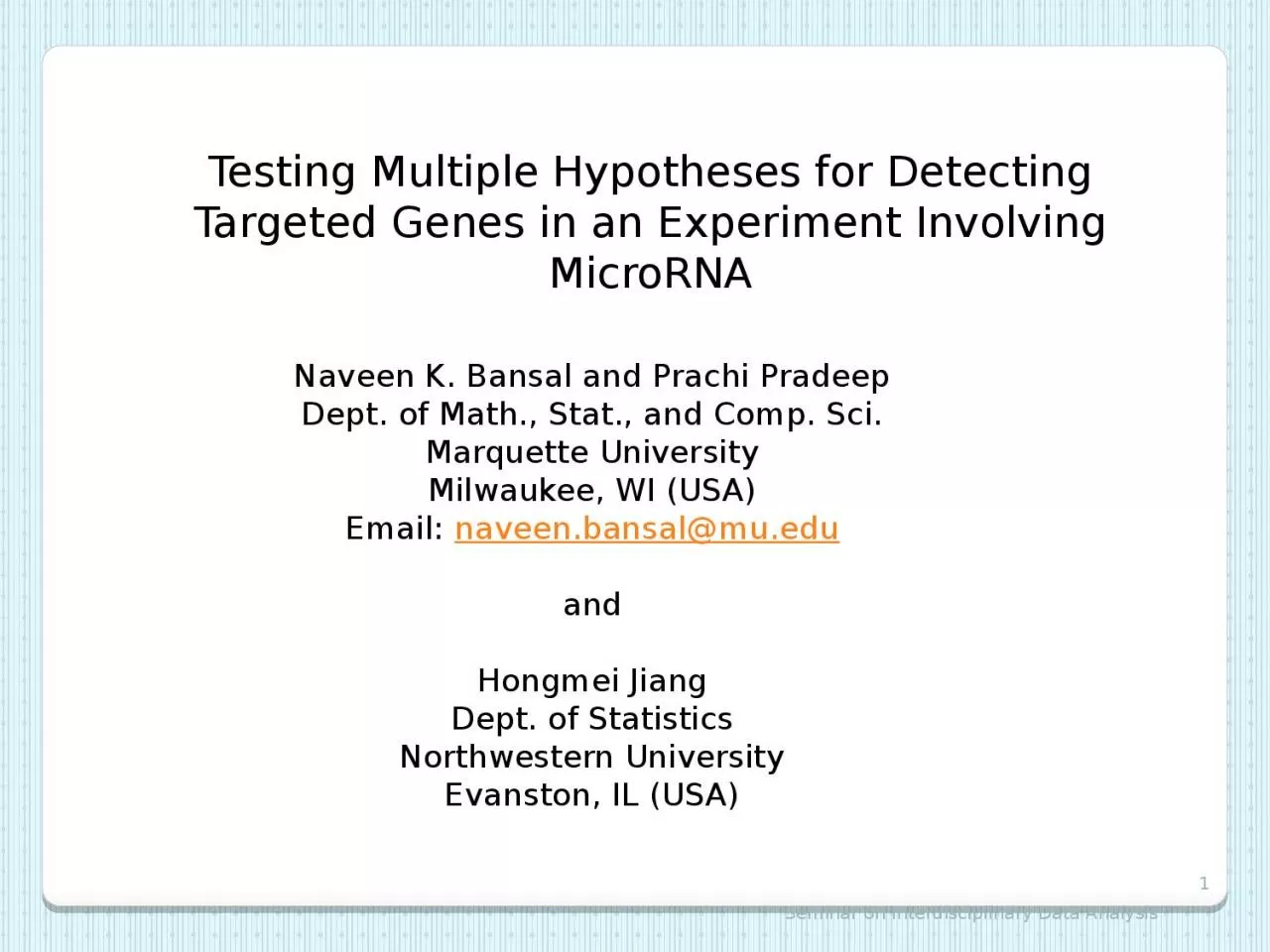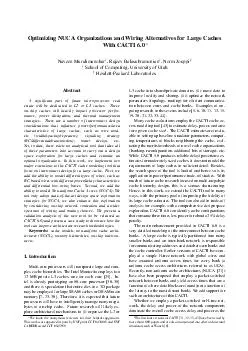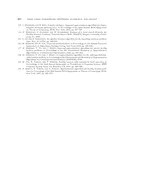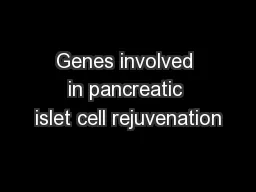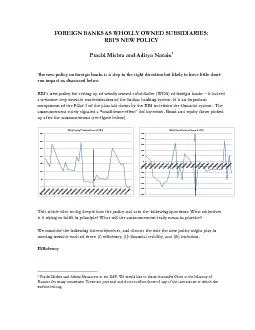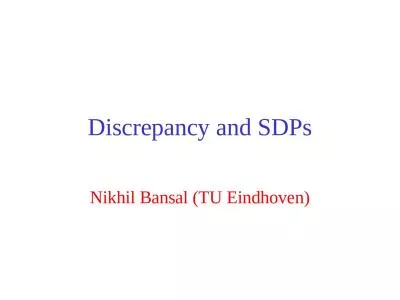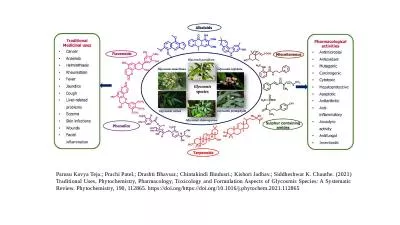PPT-Naveen K. Bansal and Prachi
Author : emma | Published Date : 2022-06-18
Pradeep Dept of Math Stat and Comp Sci Marquette University Milwaukee WI USA Email naveenbansalmuedu a nd Hongmei Jiang Dept of Statistics Northwestern University
Presentation Embed Code
Download Presentation
Download Presentation The PPT/PDF document "Naveen K. Bansal and Prachi" is the property of its rightful owner. Permission is granted to download and print the materials on this website for personal, non-commercial use only, and to display it on your personal computer provided you do not modify the materials and that you retain all copyright notices contained in the materials. By downloading content from our website, you accept the terms of this agreement.
Naveen K. Bansal and Prachi: Transcript
Download Rules Of Document
"Naveen K. Bansal and Prachi"The content belongs to its owner. You may download and print it for personal use, without modification, and keep all copyright notices. By downloading, you agree to these terms.
Related Documents

